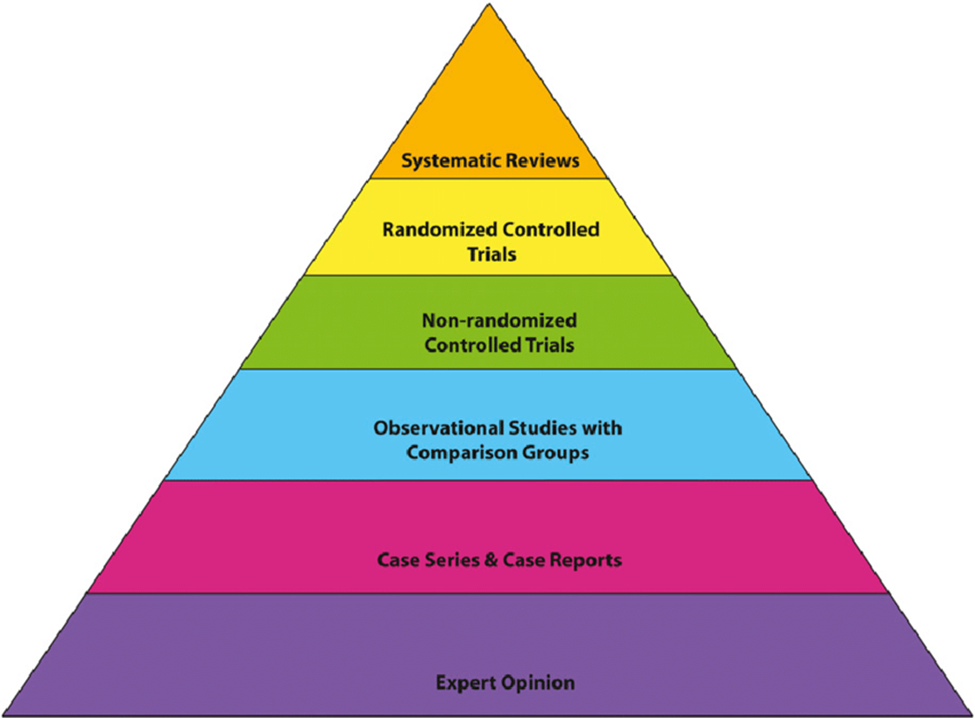The nurse is assisting with patient data collection in a clinic. The nurse is assigned to a young female patient who has an older male friend present at her bedside. The patient is nervous, timid, very thin, and with poor hygiene and lets the friend answer all of the nurse's questions. What actions should the nurse take?
Whisper to patient that she will be saved.
Confront the family friend to allow the patient to ask questions.
Consult the health care team about the suspicions and call local authorities to investigate.
Ask the patient if she feels safe, while the friend is in the room.
The Correct Answer is D
Explanation:
A. Whisper to the patient that she will be saved.
This action is inappropriate and does not address the underlying issues of the patient's condition or the presence of the family friend. Whispering such a statement may also be confusing or alarming to the patient.
B. Confront the family friend to allow the patient to ask questions.
While it's important to facilitate open communication with the patient, confronting the family friend directly may not be the most effective approach initially. It's crucial to first assess the patient's comfort level and safety before addressing the situation with the friend.
C. Consult the healthcare team about the suspicions and call local authorities to investigate.
Jumping to conclusions and involving authorities without gathering more information or assessing the patient's feelings directly could escalate the situation unnecessarily. It's important to handle such concerns with sensitivity and professionalism, involving appropriate resources only when needed.
D. Ask the patient if she feels safe, while the friend is in the room.
This is the most appropriate action initially. By directly asking the patient about her feelings of safety, the nurse can gauge the patient's comfort level and assess any potential concerns or risks. This approach allows the nurse to gather information and address any issues in a supportive and patient-centered manner. If the patient expresses concerns or discomfort, further assessment and appropriate interventions can be implemented, which may include involving other members of the healthcare team or authorities if necessary.
Nursing Test Bank
Naxlex Comprehensive Predictor Exams
Related Questions
Correct Answer is B
Explanation
Explanation:
A. Expert opinions:
Expert opinions are valuable in clinical practice and decision-making, but they are considered a lower level of evidence compared to systematic reviews and meta-analyses. Expert opinions are often classified as Level V evidence in the hierarchy.
B. Systematic review
A systematic review is a comprehensive and rigorous synthesis of multiple studies on a particular topic, and it often includes a meta-analysis that statistically combines the results of these studies to provide a high level of evidence. This type of evidence is considered Level I because it provides a strong foundation for making clinical decisions due to its methodological rigor and ability to summarize findings from multiple studies.
C. Credible websites:
Credible websites can provide valuable information, but they are not classified as Level I evidence. The evidence hierarchy typically places systematic reviews and meta-analyses at the highest level due to their methodological rigor and synthesis of multiple studies.
D. Qualitative studies:
Qualitative studies are valuable for exploring complex phenomena and understanding individuals' experiences, beliefs, and perspectives. However, they are generally considered lower in the hierarchy of evidence compared to systematic reviews and RCTs, which are categorized as Level I evidence.

Correct Answer is C
Explanation
Explanation:
A. "I will keep my walker at the end of my bed."
Keeping the walker at the end of the bed is generally a good practice for accessibility and mobility support, especially for clients who use walkers to assist with walking. However, this statement alone does not directly address falls prevention strategies or indicate a comprehensive understanding of home safety measures related to falls.
B. "I will place an area rug at the entry of my bathroom."
Placing an area rug at the entry of the bathroom can actually increase the risk of falls rather than prevent them. Area rugs are common tripping hazards, especially in areas where water or moisture may be present (like bathrooms). This statement indicates a potential misunderstanding of falls prevention strategies because it suggests an action that could contribute to falls rather than prevent them.
C. "I will place a bath seat in my shower to use when I bathe."
This statement demonstrates a clear understanding of falls prevention strategies. Placing a bath seat in the shower is a proactive measure to enhance safety during bathing, as it provides stability and reduces the risk of slipping and falling on wet surfaces. Using assistive devices like a bath seat is recommended for individuals with a history of falls or balance issues.
D. "I will keep the fluorescent ceiling light on in my room at night."
Keeping the room well-lit at night is beneficial for falls prevention, as adequate lighting can help individuals see potential hazards and navigate their environment safely. While this statement reflects a general awareness of falls prevention principles related to lighting, it is not as specific or directly related to falls prevention during activities like bathing (as mentioned in option C).
Whether you are a student looking to ace your exams or a practicing nurse seeking to enhance your expertise , our nursing education contents will empower you with the confidence and competence to make a difference in the lives of patients and become a respected leader in the healthcare field.
Visit Naxlex, invest in your future and unlock endless possibilities with our unparalleled nursing education contents today
Report Wrong Answer on the Current Question
Do you disagree with the answer? If yes, what is your expected answer? Explain.
Kindly be descriptive with the issue you are facing.
